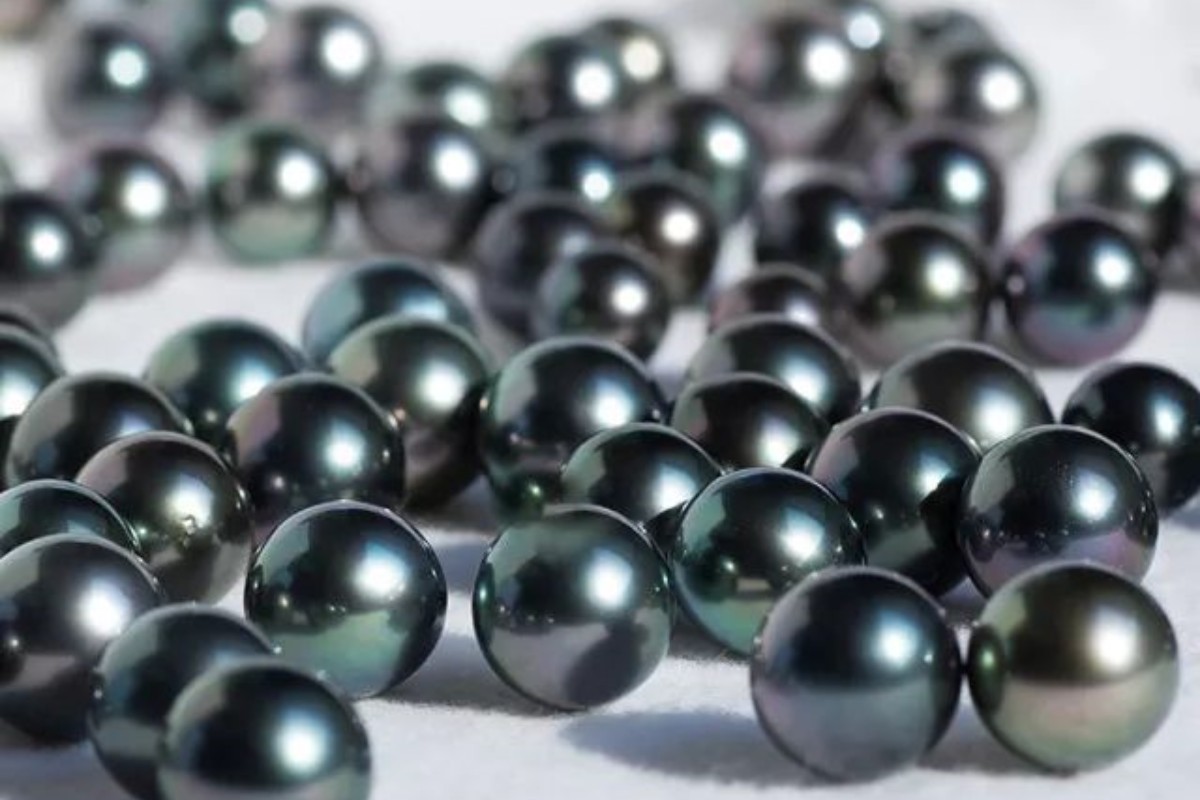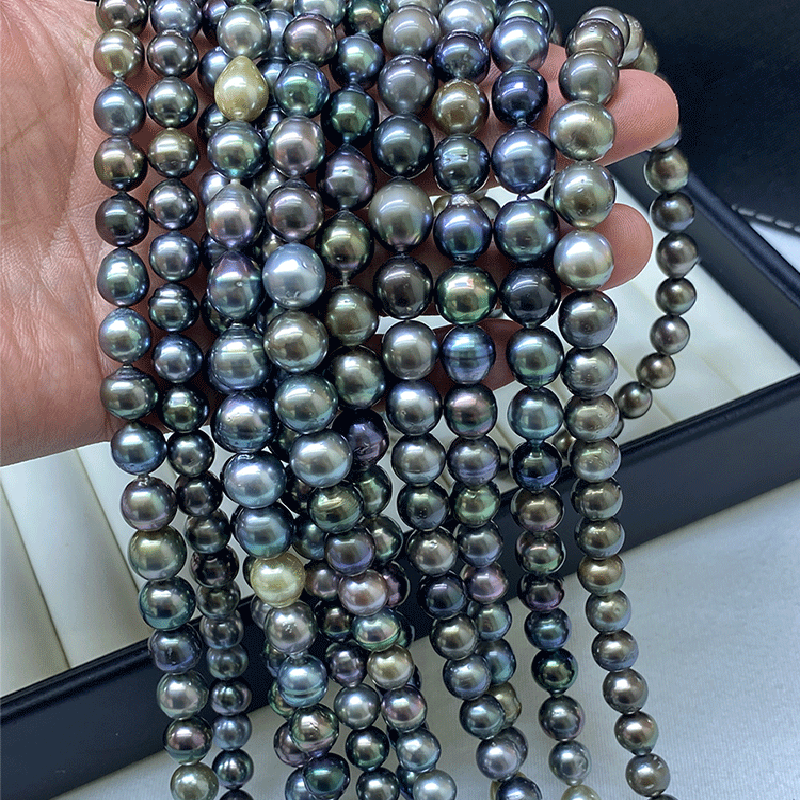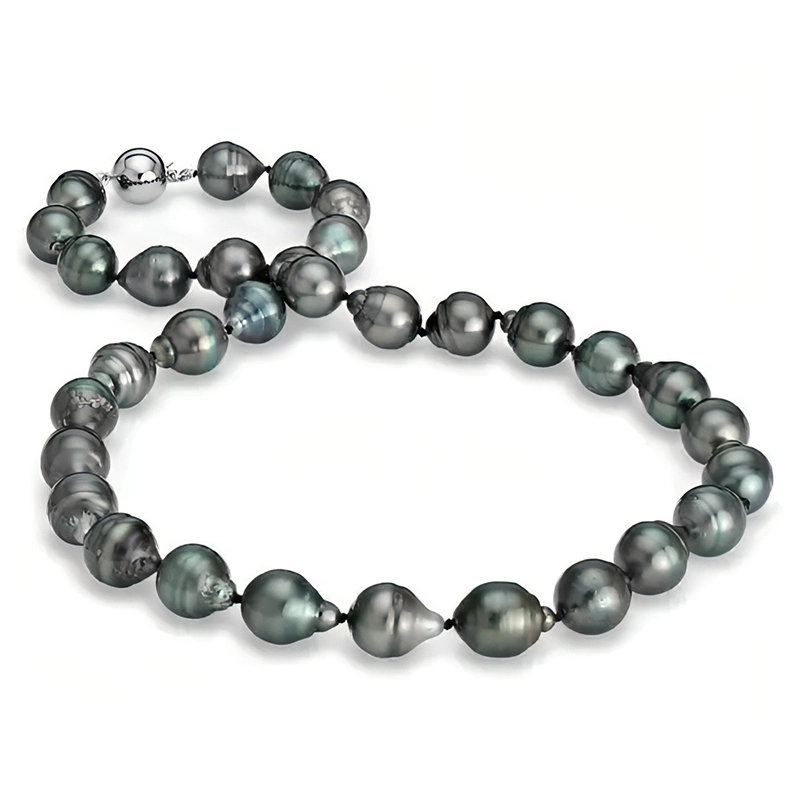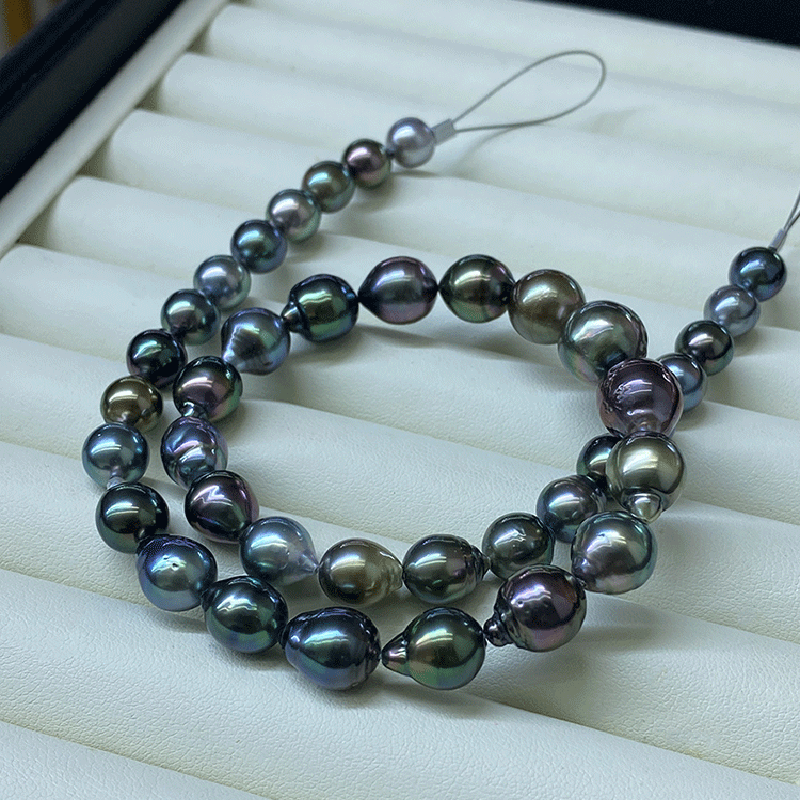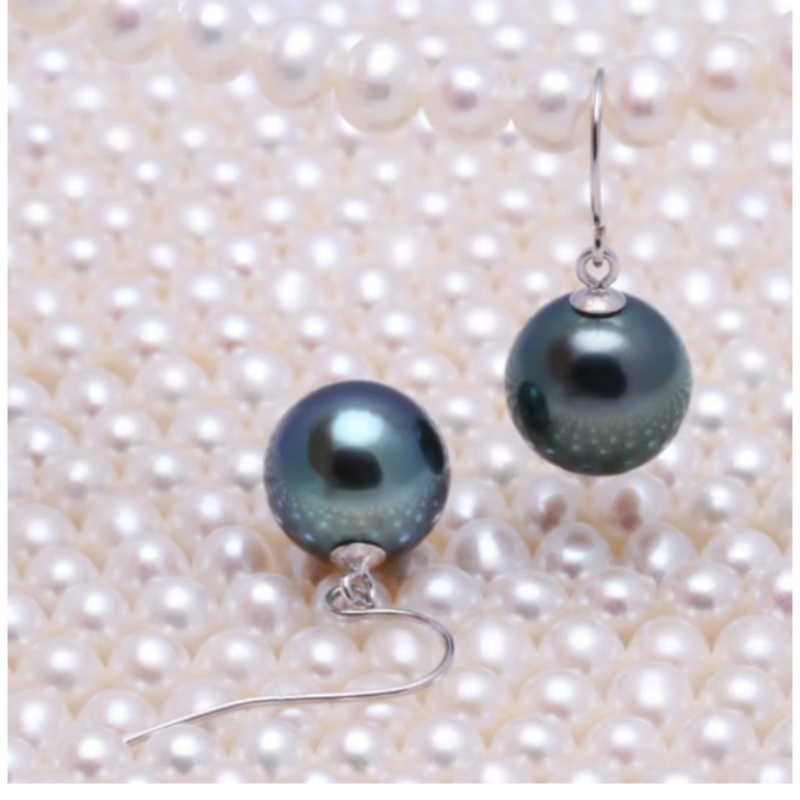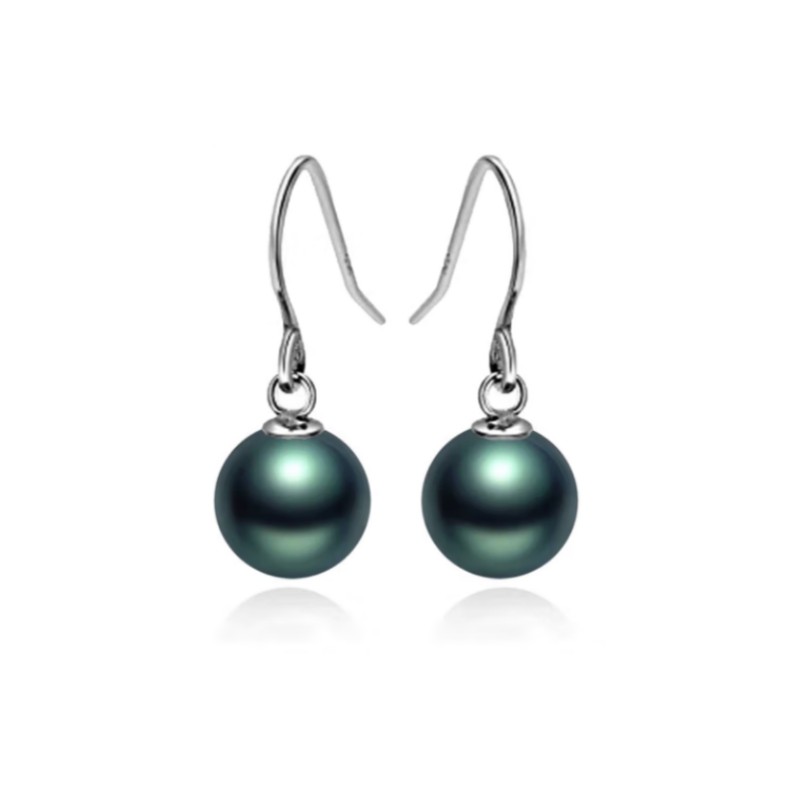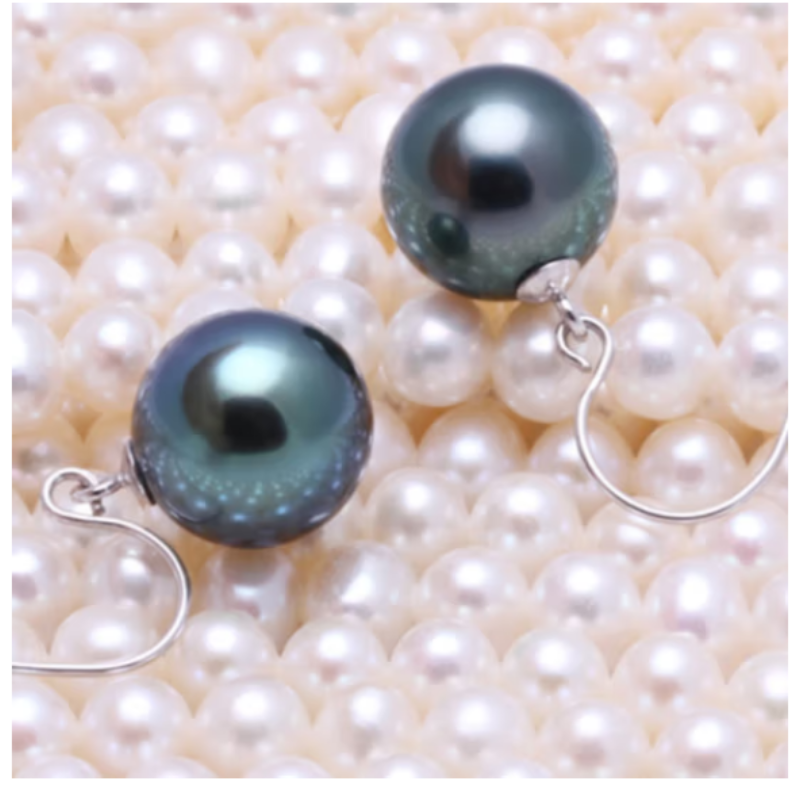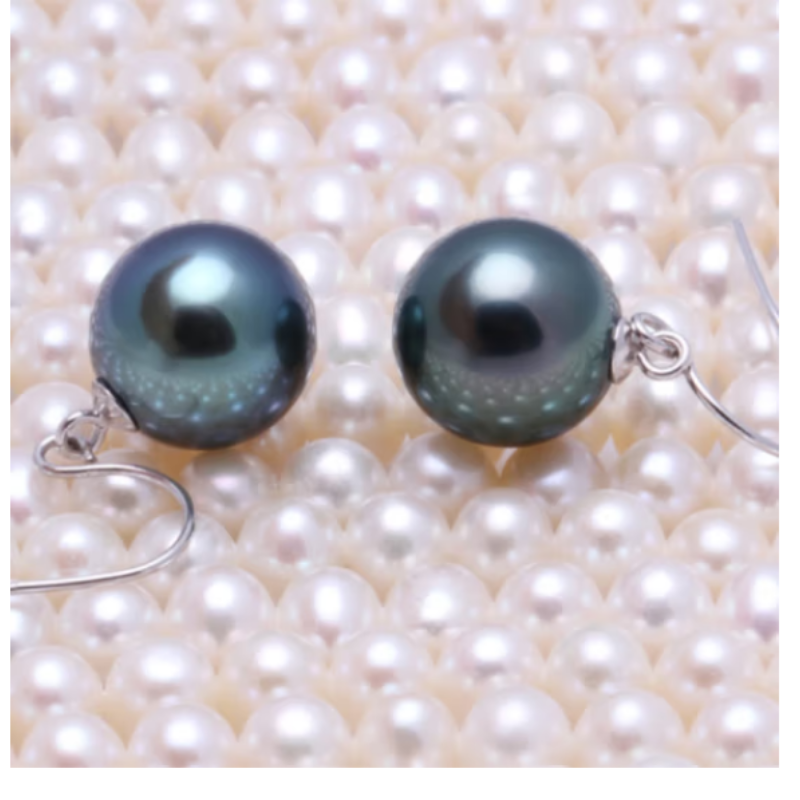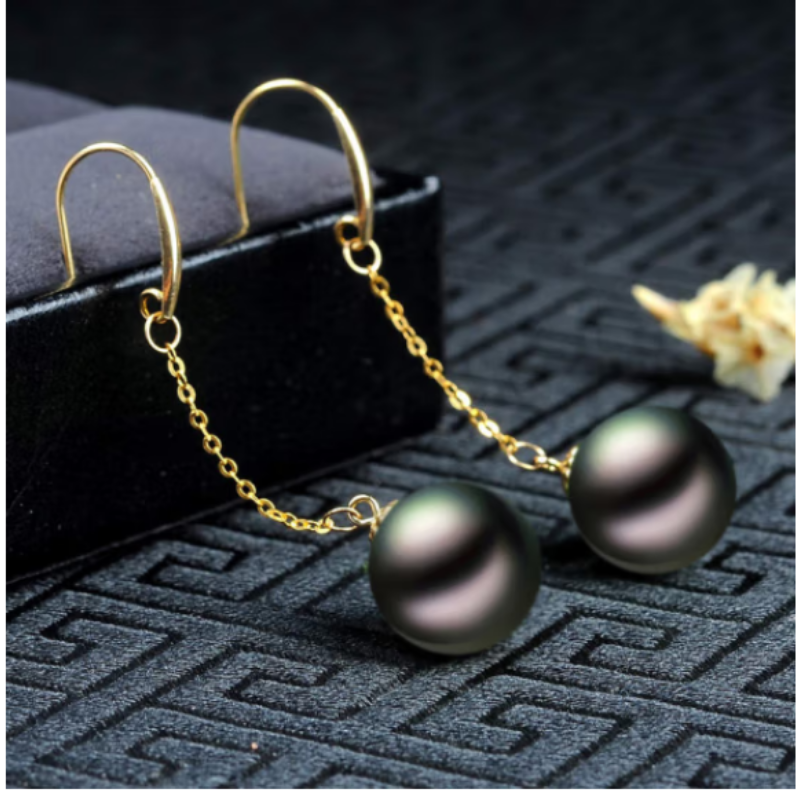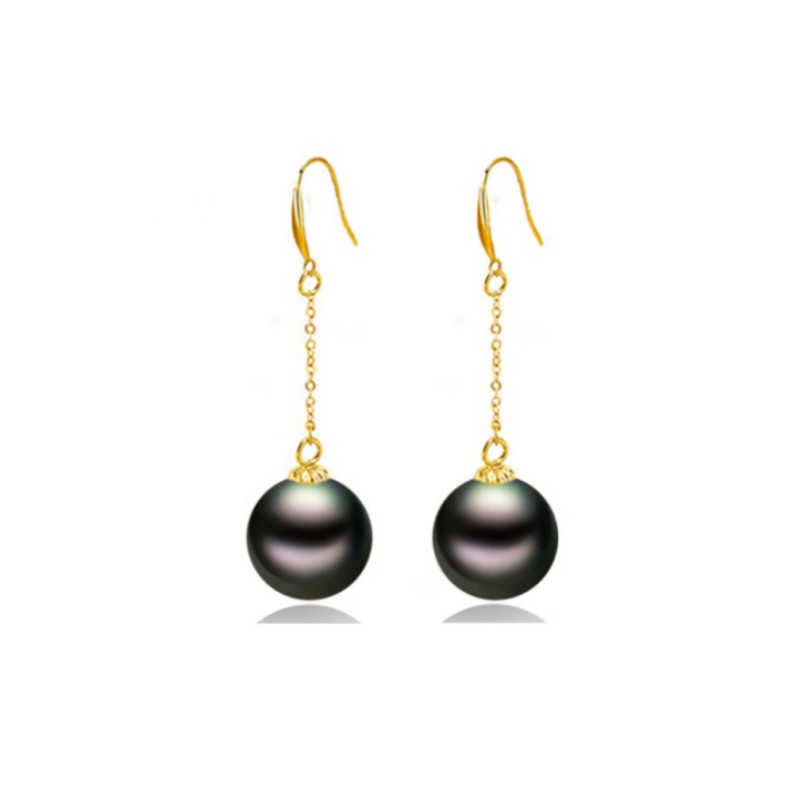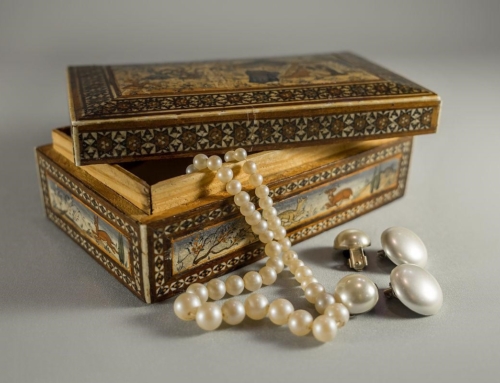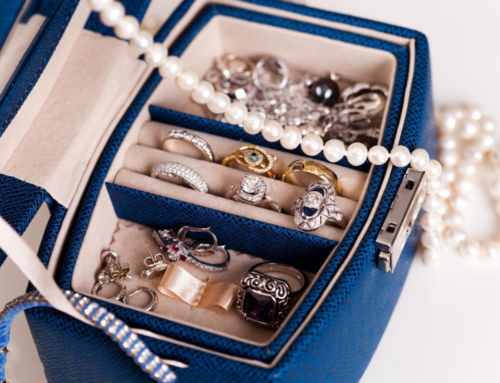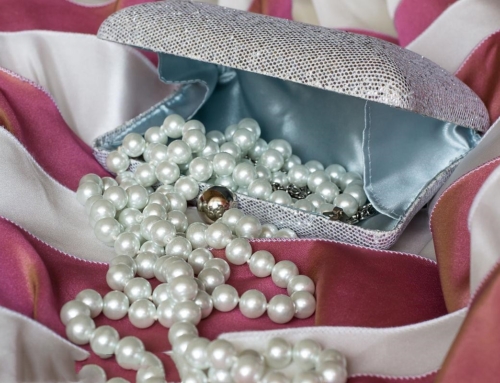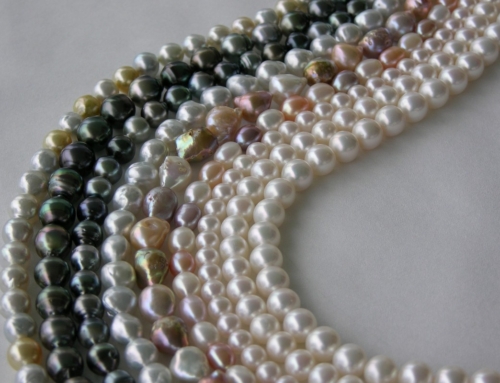What are the colors of Tahitian pearls?
Tahiti is named after its place of origin and color. More than 95% of the world’s Tahiti black pearls are produced on Tahiti Island.
The mother oyster that breeds black pearls is a large black-lipped white butterfly oyster. Because it is relatively large, just like a tall mother, the pearls produced are also relatively large, generally between 9-14mm, less than 9mm is relatively rare, and those larger than 14mm are considered super large. If the gloss and roundness are good, they will have a certain collection value.
The black-lipped and white butterfly shell is more delicate, you can also say that she has a lot of things. It cannot be cultured offshore, and divers can only bring them back from the deep sea each time, then implant bead cores in each mother shell (each mother shell can only cultivate one pearl at a time), and finally send them to the mother. Return to the deep sea to grow for 2-5 years. During this period, mother oysters may be affected by factors such as illness and environmental changes. In the end, only about 30% of them can cultivate pearls, and even fewer high-quality black pearls, only about 5%.
The thickness of the cortex in Tahitian is usually about 1-2mm, and some even reach 5-6mm, so there is no need to worry about the thickness of the pearl layer. The gloss is oily, not as strong as the silky feeling of Australian white, and also different from the small light bulb feeling of Akoya. Most of the colors in Tahitian have shades, except gray.
Original price was: $2,599.00.$2,299.00Current price is: $2,299.00.
12% Off
Original price was: $2,199.00.$1,899.00Current price is: $1,899.00.
14% Off
Original price was: $1,599.00.$1,299.00Current price is: $1,299.00.
19% Off
Original price was: $1,099.00.$899.00Current price is: $899.00.
18% Off
Tahitian color system: black, gray, mixed colors, four seasons
The Tahitian color system is a marvel to behold! Imagine a world where colors are not just mere visual experiences, but hold a deeper, cultural significance. That’s exactly what you get in the Tahitian color system. This system is more than just a spectrum of colors; it’s a vibrant way of life that is deeply rooted in the rich traditions and customs of the Tahitian people.
Let’s start with the black color, which holds a special place in Tahitian culture. In many societies, black is often associated with negativity or darkness. But in Tahiti, it’s the complete opposite! Black represents power, authority, and richness. It’s a symbol of strength and resilience, reminding us of the resilient nature of the Tahitian people who have weathered various storms throughout history. So if you ever see a Tahitian dressed in black, know that it’s not a sign of mourning but one of power and authority!
Next, we have gray, another hue that carries a unique meaning in Tahiti. Gray in the Tahitian color system signifies balance. It’s the perfect blend of black and white, symbolizing the harmony between two extremes. Gray is about finding equilibrium and stability amidst life’s constant changes. Its presence is a reminder to us that life isn’t always black or white; sometimes, it’s somewhere in the middle.
But what truly sets the Tahitian color system apart are its mixed colors! These are not just mere combinations of different hues; they are symphonies of colors that paint a vivid picture of the island’s rich biodiversity. From the stunning turquoise of its pristine lagoons to the fiery red of its blooming hibiscus flowers, mixed colors in Tahiti are a celebration of its abundant natural beauty. They’re bursts of joy and life, encapsulating the island’s vibrant spirit.
And let’s not forget about the four seasons! In Tahiti, each season brings with it a unique palette of colors that reflects its distinctive mood and atmosphere. The warm oranges and reds of summer are reminiscent of the island’s fiery sunsets and vibrant festivities. Autumn introduces more subdued hues, reflecting the tranquil beauty of falling leaves and harvest time. Winter sees an emergence of cooler shades representing the calm and peacefulness of this season whereas spring brings back brilliant colors symbolizing rebirth and renewal.
In conclusion, the Tahitian color system is not just about colors; it’s a reflection of their society, their values, and their deep connection with nature. It’s an exciting dance of hues that tells a story – a story about strength, balance, diversity, and constant change. And this story is as vibrant and colorful as the island itself! So next time you look at colors, think about what they might mean in Tahiti – you’ll be amazed at how much more depth there is to them!

